CHILA BURMAN, who lit up Tate Britain during the dark days of the Covid pandemic in 2020 and the West End of London last year, has now put her trademark tiger on the quayside façade of the Imperial War Museum North in Manchester.
For her new commission, called Chila Welcomes You, the artist has brought her personal perspective to “the heritage of conflict and stories of Indian migration to Britain after the Second World War”.
Chila – the artist is now so well known that she is always referred to by her first name rather than Burman – was born and brought up in Liverpool, 35 miles from Manchester or an hour on the M62.
Chila’s neons, reflected in the waters of the Quayside in Trafford Wharf, include not only a tiger, but also a lotus, a peacock and her heroine, Rani Lakshmibai of Jhansi, one of India’s first female freedom fighters.
Having lived and worked in Calcutta (now Kolkata) for 16 years, Chila’s father, Bachan Singh Burman, arrived in Britain in 1954 and managed to rent a room in Mulgrave Street, Toxteth, in Liverpool. He was joined shortly afterwards by his wife, Kamala Devi, and their daughter and son, Ashra and Achar. Three other children – Chila, Ashok and Ashan (who has passed away) – were born in Britain. Chila has been inspired by the tiger cutout on top of the van from which her father sold ice-cream.

In the exhibition inside the IWM, Chila has used images of her parents, herself as a schoolgirl, her first work in tapestry, a cornershop in neon recalling the one her mother had, and an animated film she made with the help of students from Manchester’s School of Digital Arts.
Eastern Eye readers are familiar with Chila’s work. What is new is a recording of an interview her father gave to a neighbour in the early 1990s, in which he talked of the Indian freedom struggle and especially about Subhas Chandra Bose seeking Japanese help to throw the British rulers out of India. The quality of the recording is surprisingly good.
Chila Welcomes You is part of the IWM 14-18 NOW Legacy Fund.

Led by Imperial War Museums, the fund is a national partnership programme of over 20 artist commissions inspired by the heritage of conflict. It was created following the success of 14-18 NOW, the official UK arts programme for the First World War centenary.
Launching the exhibition last Wednesday (29), Caro Howell, director general of the Imperial War Museum, said: “Chila’s commission has allowed us to explore together histories of migration after the Second World War, and in that research, Chila has generously shared stories from her own life, memories from childhood and her family’s journey to and within the UK.
“It’s the first time that an artist has had full run of IWM North,” she pointed out, adding, “I cannot think of an artist better suited to creating an inviting, striking and really significant exhibition for our visitors and for the people of Trafford and Manchester.”

Turning to Chila, she went on: “We have absolutely loved working with you. Your creativity and skill are matched only by your open mindedness, generosity and collaborative spirit, and we are so thankful that you trusted us to realise your extraordinary artistic vision.”
Chila responded by saying: “What a fantastic opportunity to be commissioned to make new work. It’s an artist’s dream.”
She hoped Asian families in Liverpool and Manchester would come to her exhibition and “feel at home in this space. A lot of Indian families unfortunately don’t go to art galleries. They make a (mental) partition and don’t step into these spaces. We are going to do a lot of outreach work in mandirs and gurdwaras.”
Rebecca Newell, head of art for Imperial War Museums, said Chila did a smaller commission, The Shining Lights of Service, for the organisation at the Royal Pavilion in Brighton in 2023.
“That was about the contribution of Indian soldiers to Brighton, and particularly a focus on the pavilion and convalescence during the First World War, and some of the stories and kind of complexities around that,” she said.

She explained the Imperial War Museum included establishments in London and Manchester, plus HMS Belfast and the Churchill War Rooms in London and Duxford airfield in Cambridgeshire. Together, they attract 2.5 million visitors a year.
The IWM has worked with 20 artists, Chila being the most recent.
“Those at Chila’s level”, said Newell, “include Heather Phillipson, Michael Rakowitz, an American Iraqi artist, a European circus troupe called Company XY, and Kathy Wilkes. The brief to all of the artists, the thing that unites them all, is that we asked them to explore the heritage of conflict.”
Iris Veysey, senior curator, IWM 14-18 Now Legacy Fund, said that the brief to Chila was to respond to events and themes surrounding “the Indian independence movement, the Partition of India and histories of migration from India to the UK”.
To make it easier for the older generation of British Asians, “text in the gallery is provided in English and in Punjabi. Chila has Punjabi heritage. But we’ve also provided translations in Urdu and Bengali, because those are the most spoken south Asian languages in the Greater Manchester area.”
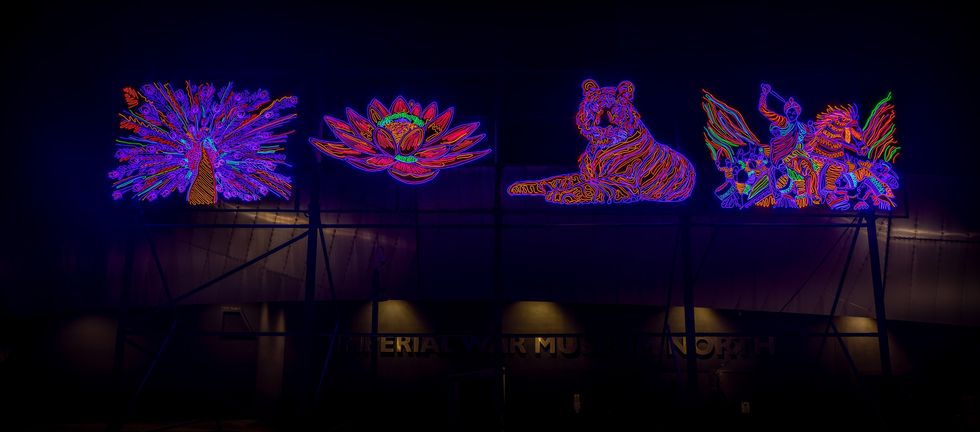
IWM North opened in 2002. The area where it stands was ravaged by war. IWM states: “When IWM decided to build a museum in the North of England, the wartime history of Trafford Park made it stand out as an ideal location. It was here that vital munitions were built for the First and Second World Wars and here that factories churned out munitions, tanks and engines to support the war effort.
“Trafford Park was a main target in the Manchester Blitz, which caused extensive damage to factories and warehouses in the area. The site that IWM North stands on today is where the Hovis grain silos once stood, before they were bombed and burnt down in the Second World War. When the foundations were dug for the museum, shrapnel and an anti-aircraft cartridge shell were found.
“Housed in an iconic aluminium clad building, representing a globe shattered by conflict, IWM North is the first museum in the UK to be designed by internationally acclaimed architect Daniel Libeskind. Libeskind created the building to enhance the museum’s subject matter – the sharp angles, sloping floors, leaning walls and imposing exterior are deliberately in place to unsettle and disorientate the visitor, intensifying the collections and stories within.

“When Libeskind came up with the broken-globe concept, he dropped a teapot – the nearest object to hand with a spherical shape – out of his studio window in Berlin and used the broken pieces as inspiration for IWM North’s three shards. He apparently sealed the teapot in a plastic bag before dropping it.
“Libeskind wanted the building to be a symbol of the effects of war, so he came up with the concept of a globe shattered into three pieces – and though it’s been put back together, (he realised) it will never be the same again. That’s why IWM North is made up of the EarthShard, WaterShard and the AirShard – to represent conflict on land, sea and in the air.”
A range of Chila’s products, including a bespoke neon, has been specially developed for the commission and is on sale in the IWM North shop.
'Chila Welcomes You' is at the Imperial War Museum North, The Quays, Trafford Wharf, Manchester M17 1TZ until August 31, 2025
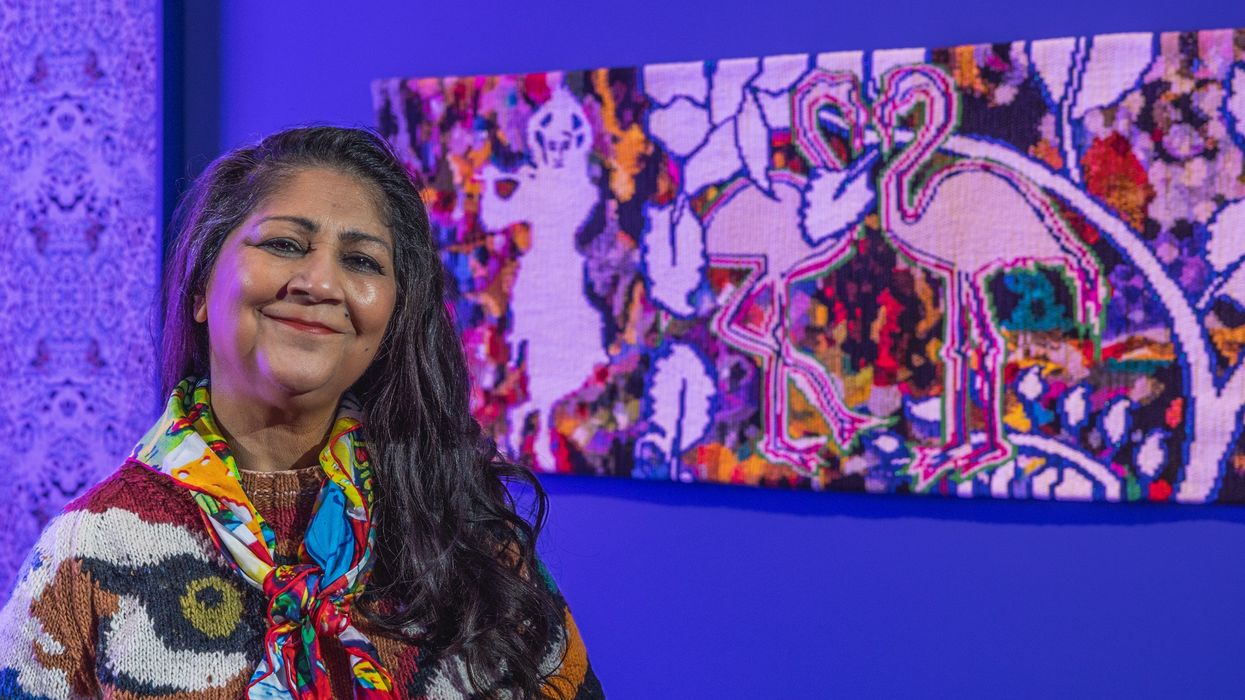
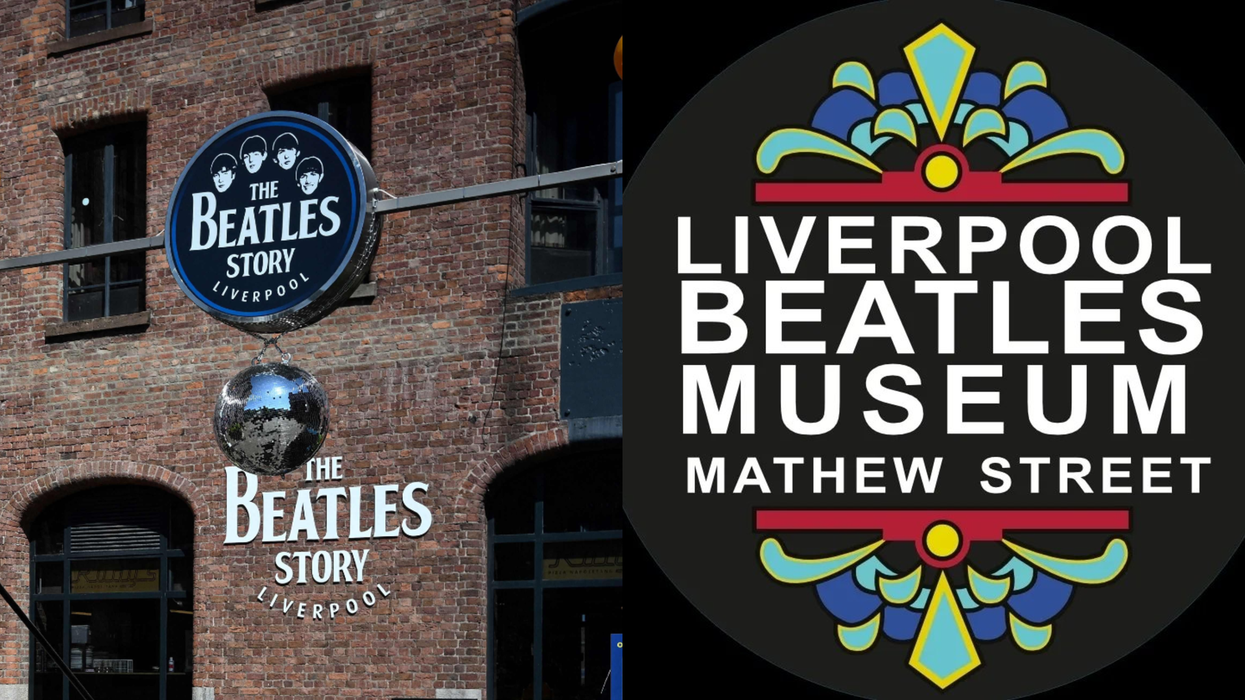
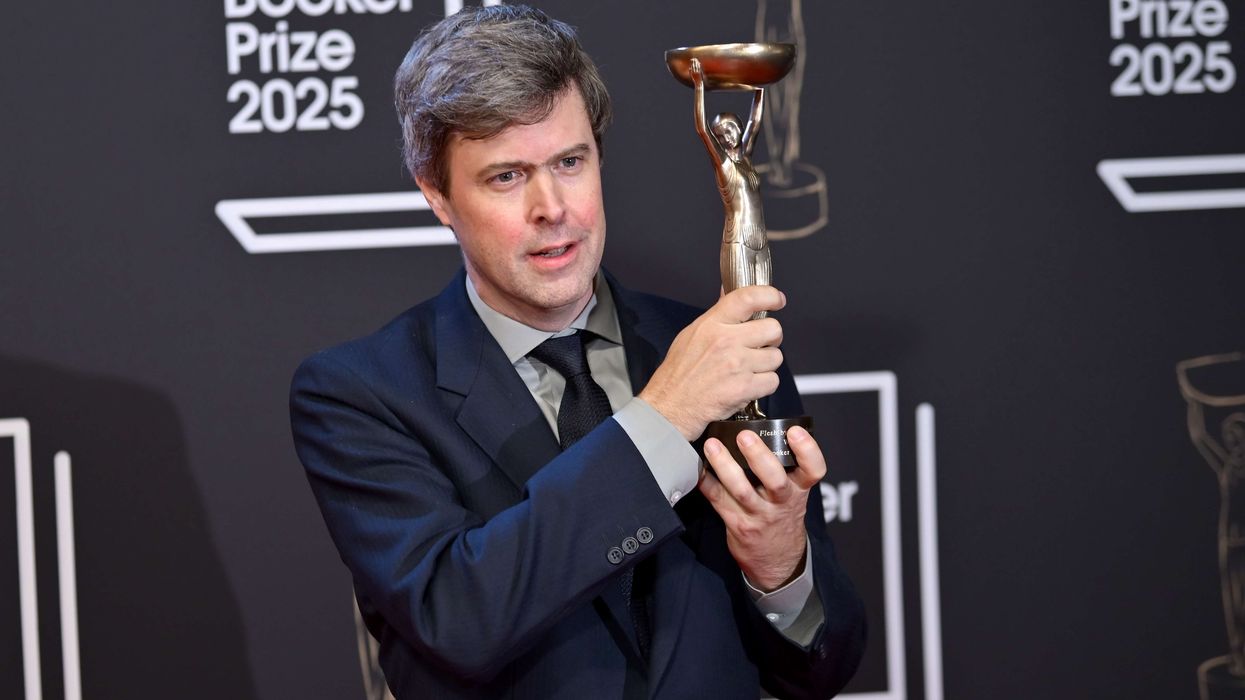
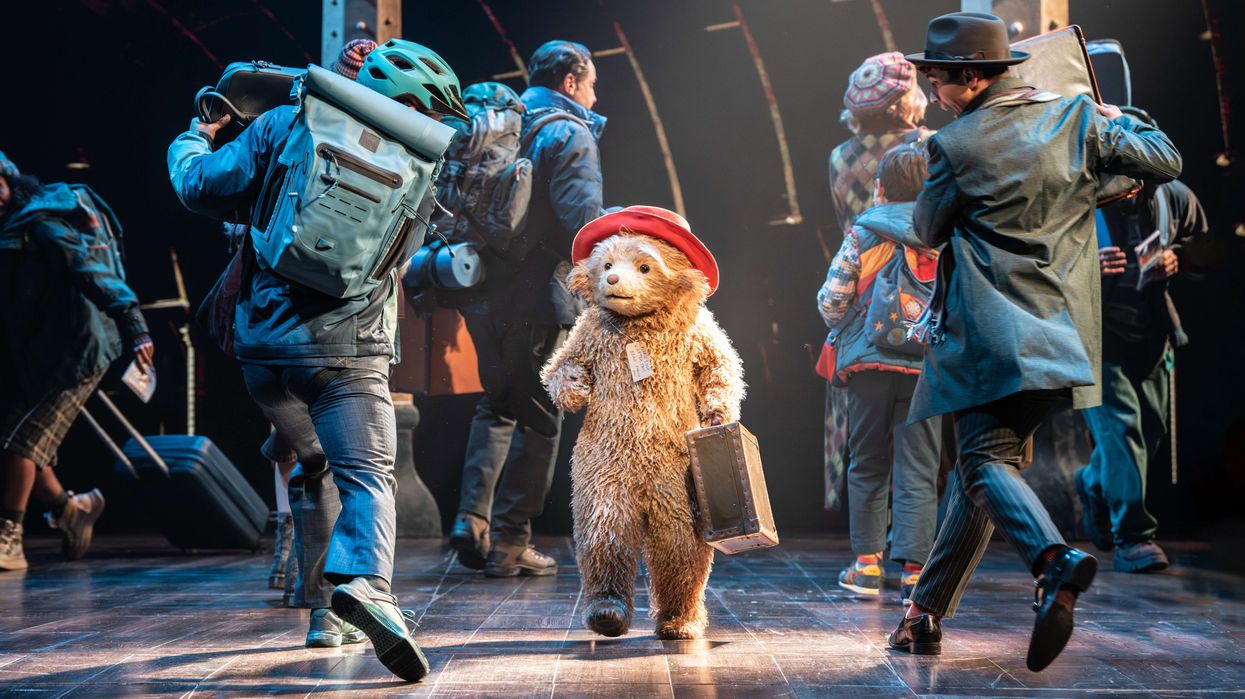
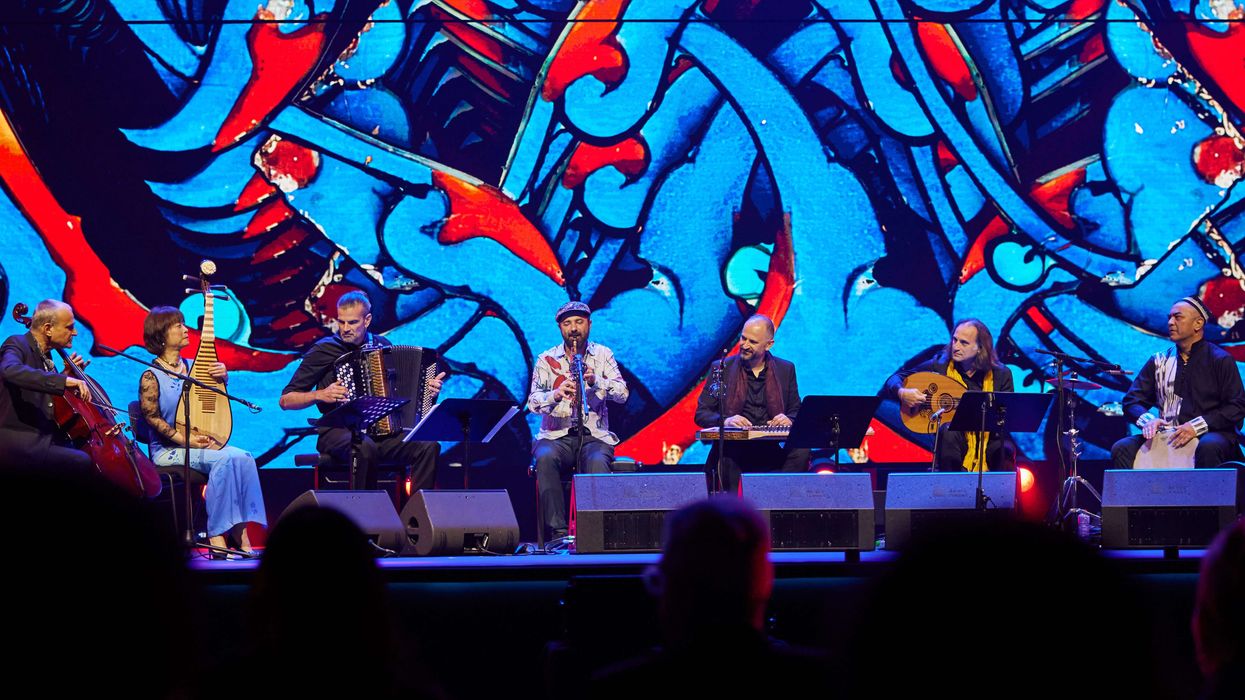
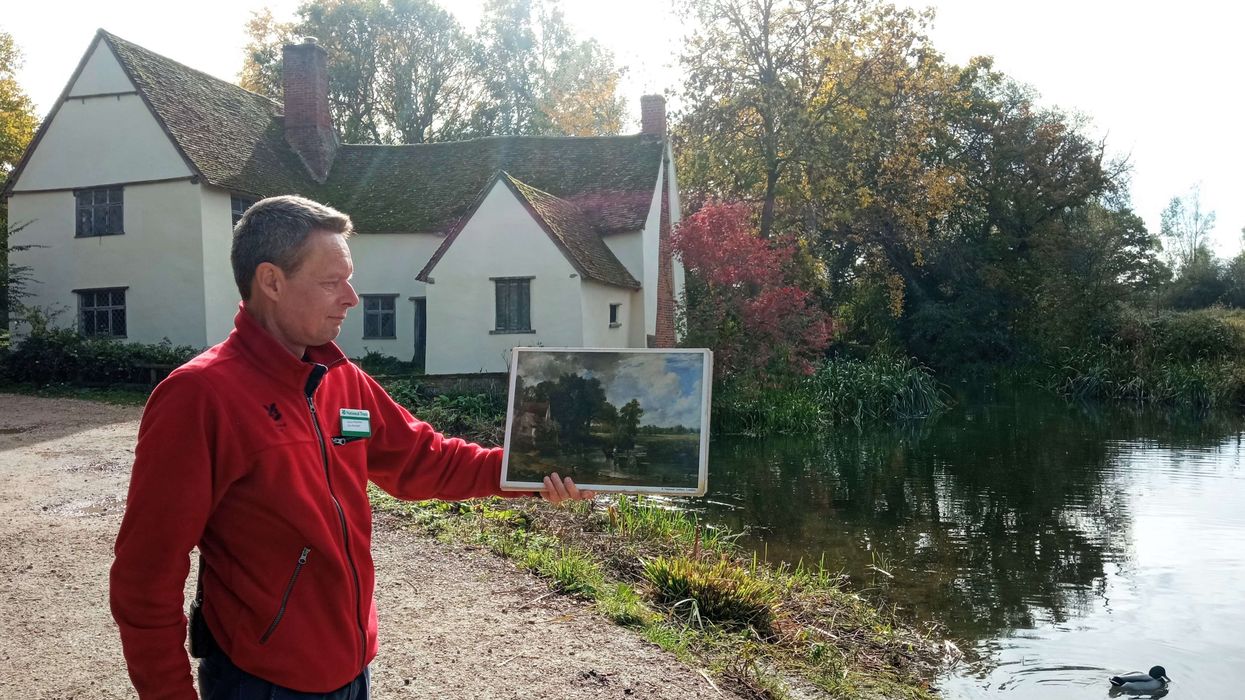
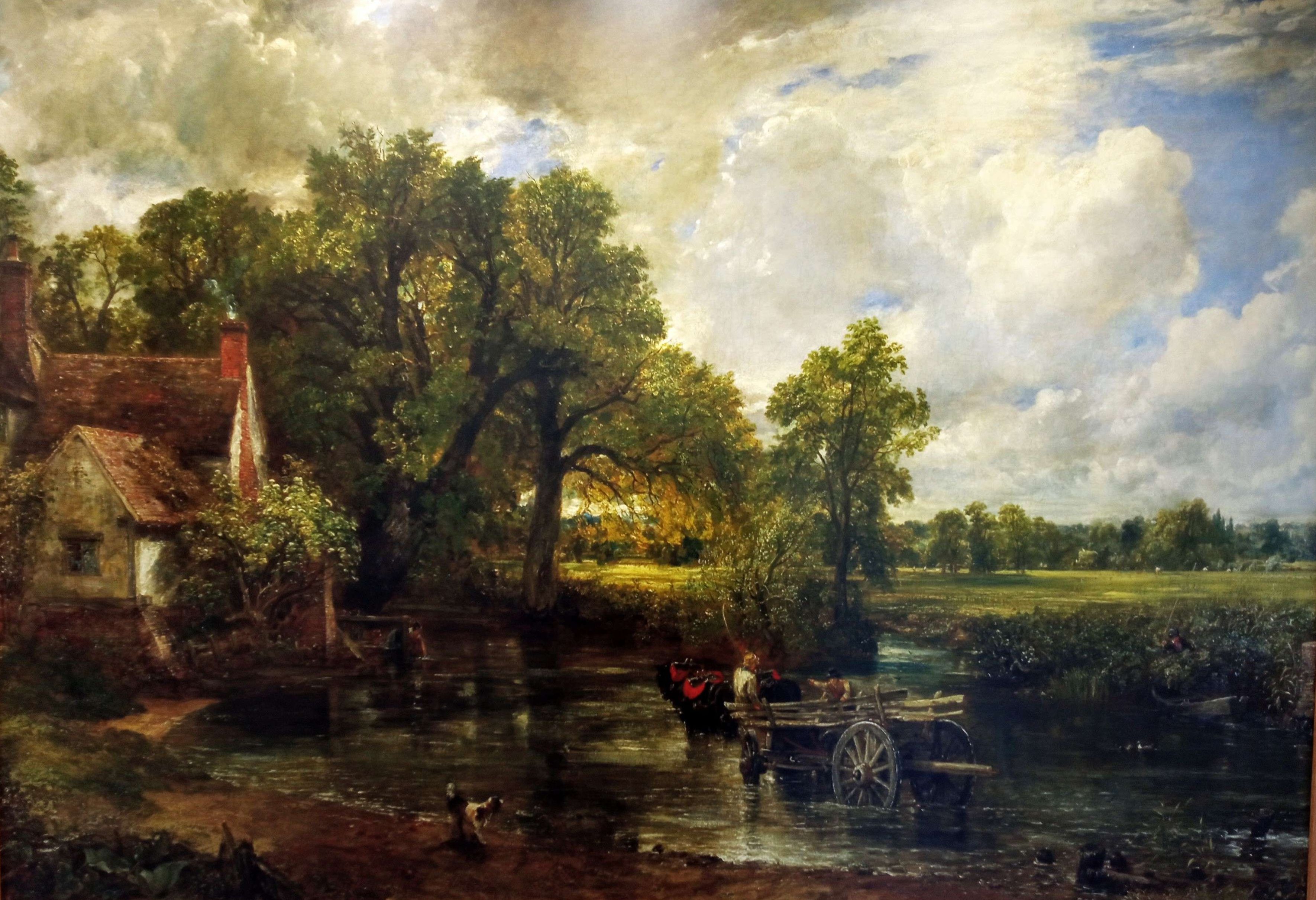 John Constable’s The Hay Wain
John Constable’s The Hay Wain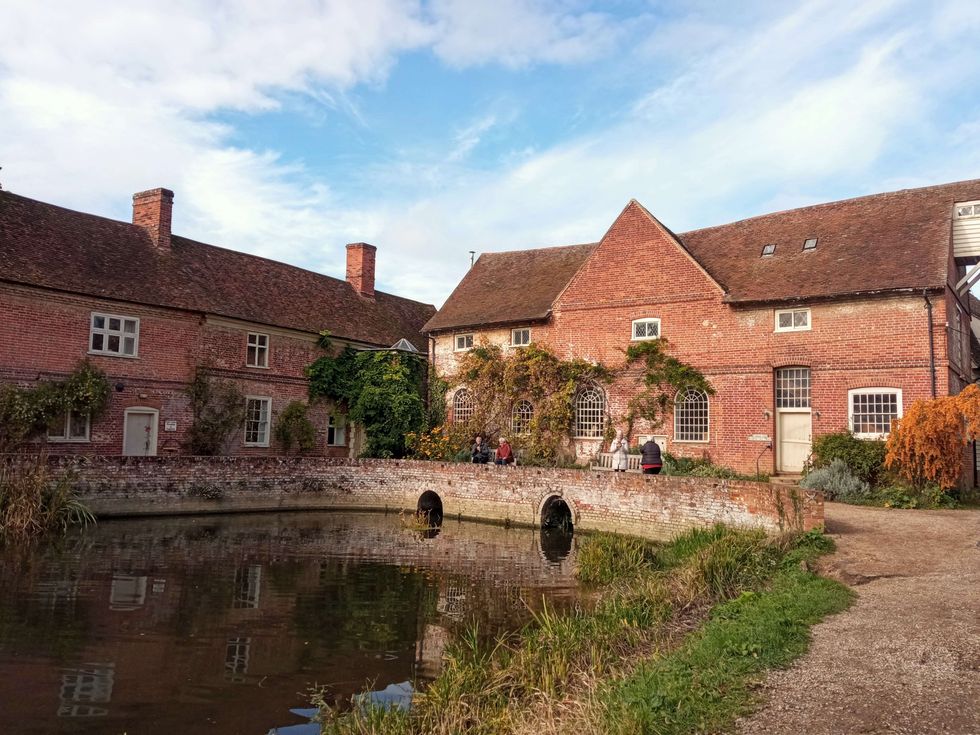 Buildings in Constable country
Buildings in Constable country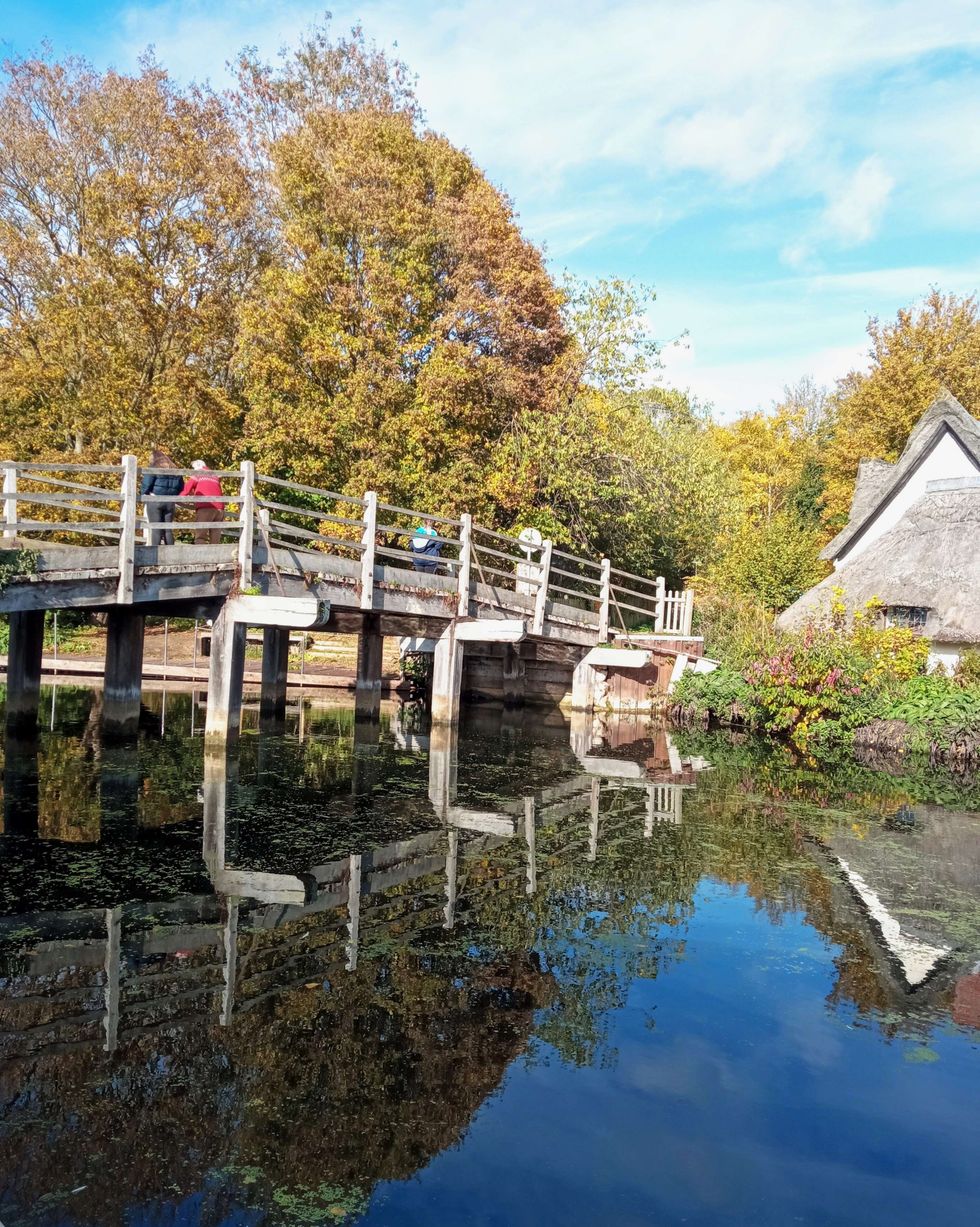 An old bridge in the hamlet
An old bridge in the hamlet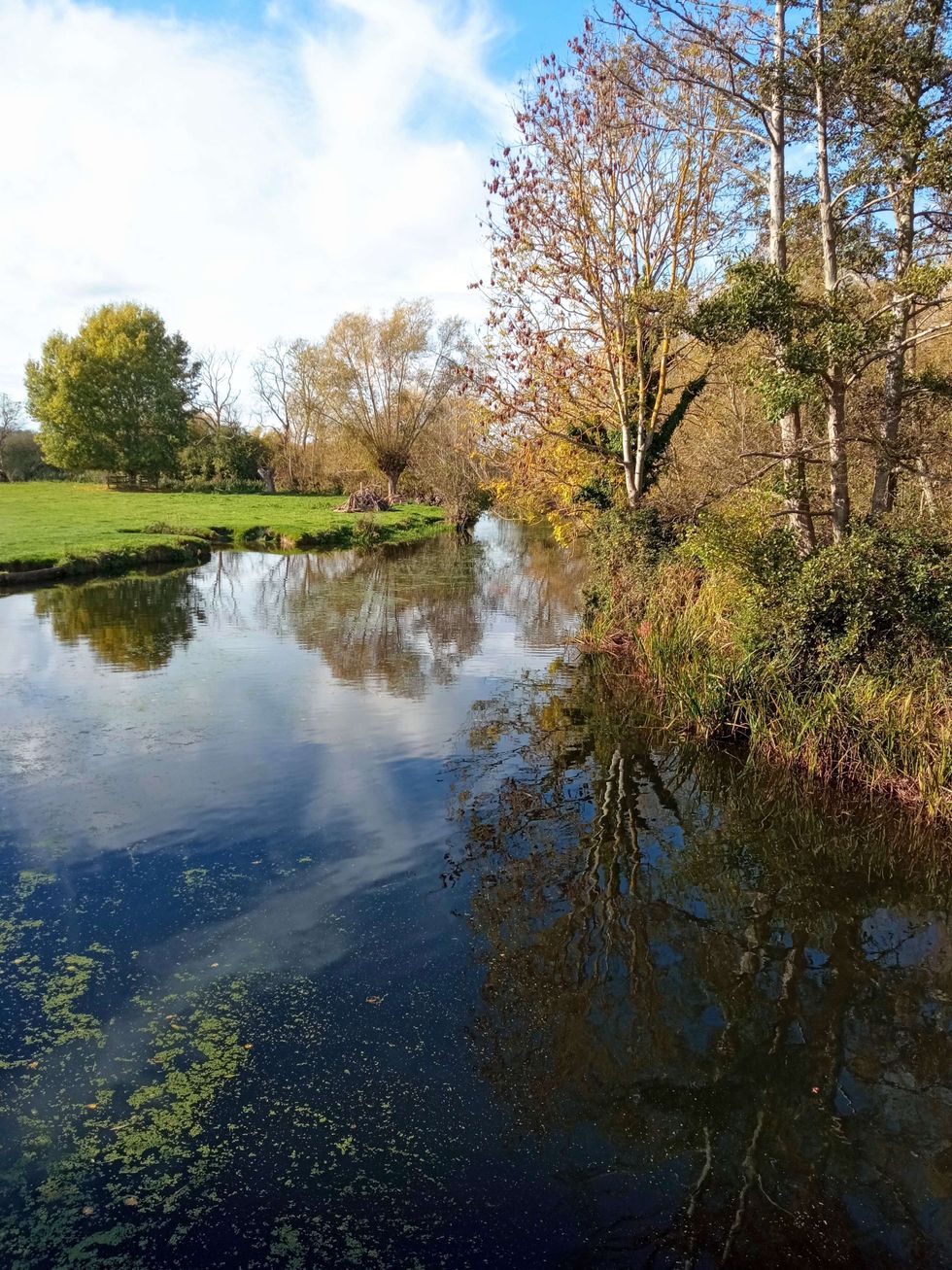 Constable country
Constable country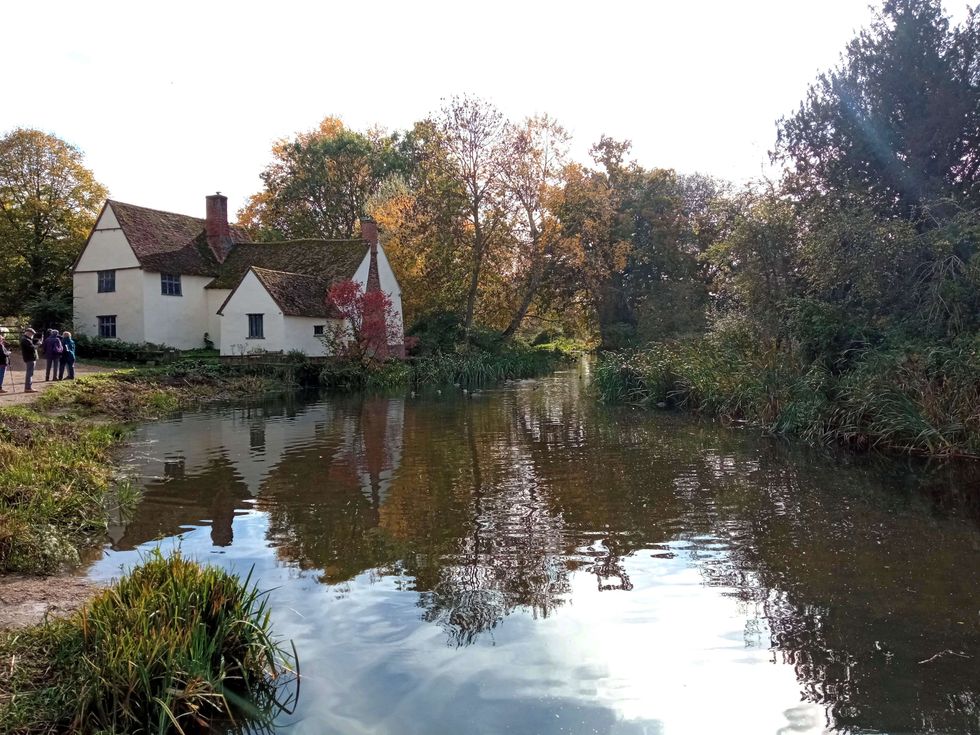 The riverside scene at Flatford in Suffolk as it appears today
The riverside scene at Flatford in Suffolk as it appears today  Constable country
Constable country






